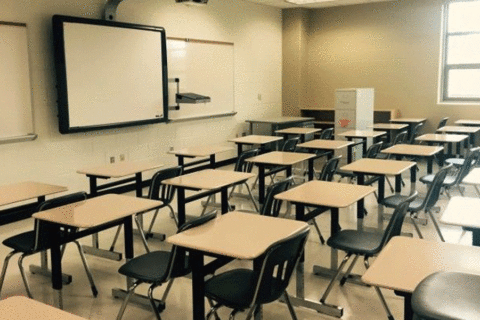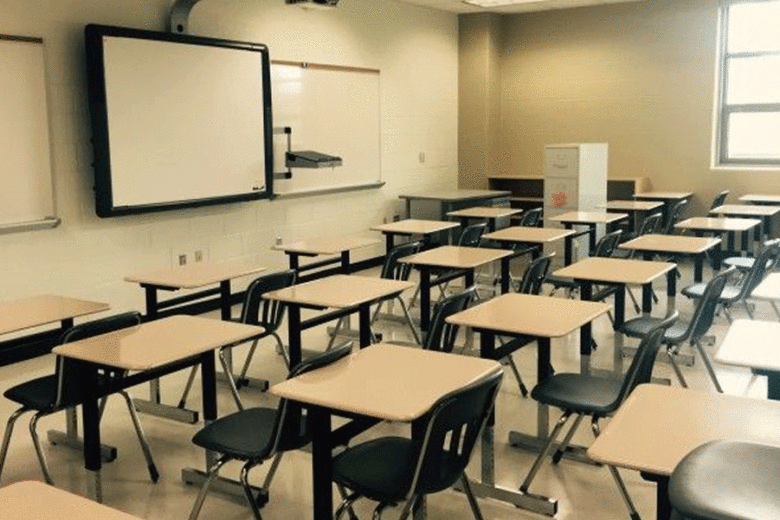
Overall pass rates on Virginia’s Standards of Learning tests fell last school year, while significant achievement gaps persisted.
Statewide pass rates declined on English reading and writing tests and history and social science tests, remained flat in science, and increased in math, where a new test was used for the first time.
The Virginia Department of Education cited changes that allowed more high school students who do well in class to skip end-of-course SOLs as one reason for some of the pass-rate declines, but acknowledged that much more must be done to support many students.
Reading pass rates are on a downward trend the last three years, and state education officials are proposing additional focus on early reading support, such as more state money for reading specialists in elementary schools, where the most kids are struggling.
Economically disadvantaged students, black students and Hispanic students have much lower SOL pass rates in general than wealthier, Asian or white students.
Reflecting those disparities, many of the Northern Virginia school divisions with the highest pass rates across all tests are wealthier, such as Falls Church and, in some subjects, Loudoun, Arlington and Fairfax counties.
Tracking past years, for many similar reasons, Manassas, Fredericksburg, Winchester, Alexandria, and Manassas Park are among local school divisions with the lowest pass rates in various subjects.
Though a much smaller gap, female students have higher pass rates than male students in English and math. In history and social science, male students have the slight edge; in science, pass rates are the same statewide.
The overall pass rates do not account for how many kids are squeaking by and how many have mastered the subjects.
Fifth-grade history was the test with both the highest pass rate — 92% — and the highest percentage of students scoring in the advanced category, at 56%.
End-of-course Algebra II had the next highest pass rate, at 91%, but only 19% of students scored advanced.
Eighth-grade history had the second-highest advanced pass rate, at 47%, while 88% of students passed overall.
The lowest advanced pass rate was on end-of-course Virginia and U.S. history (7%), a test that saw pass rates decline sharply this year from 84% to 68%, as high schoolers who met credit requirements no longer had to take the test.
Fewer than 10% of test-takers also scored as advanced on end-of-course earth science, end-of-course geography and end-of-course English reading, although those tests had higher overall pass rates.






